
Image Credit: Pasco Olivier / CC BY 2.0 / Flickr
Tesla drops one of its two batteries
A 10-kilowatt-hour battery introduced by Tesla just last May has been discontinued.
Greentech Media reports that Tesla has removed all references to the battery from its web site and press kit, leaving just a 7-kWh (or, more accurately, a 6.4-kWh) battery designed for daily cycling in its Powerwall lineup.
In a statement to Greentech Media, Tesla said, “We have seen enormous interest in the Daily Powerwall worldwide. The Daily Powerwall supports daily use applications like solar self-consumption plus backup power applications, and can offer backup simply by modifying the way it is installed in a home. Due to the interest, we have decided to focus entirely on building and deploying the 7-kilowatt-hour Daily Powerwall at this time.”
Tesla announced both batteries last May. The 10-kWh version was going to cost $3,500 (for installers) and be good for 500 cycles. But once an inverter and other system costs were factored in, the price was not as attractive as buying a backup generator, Greentech Media said.
“Even some of the deep cycling lead-acid batteries offer 1,000 cycles and cost less than half of the $3,500 price tag for Tesla Powerwall,” said Ravi Manghani, senior energy storage analyst at GTM Research. “For pure backup applications only providing 500 cycles, lead-acid batteries or gensets are way more economical.”
Electricity sales are down again
U.S. electricity sales fell by 1.1% last year, marking the fifth year in the past eight that’s happened, the U.S. Energy Information Administration (EIA) reports.
The agency said that industrial sales dropped while residential and commercial sectors showed little to no growth, even as the number of households and commercial building space were on the rise. Factors included slower economic growth, the use of more energy-efficient equipment, and whole-building reductions in the demand for electricity, the report said.
“Although efficiency policies have primarily focused on electricity use in the residential and commercial sectors, the slowing of electricity sales growth over the past decade is dominated by declining electricity sales to industry, which mainly reflect economic factors,” the EIA’s March 14 research paper said.
Residential sales (37.7% of the total in the period from 2007 to 2015) are affected most dramatically year-to-year by weather-related demand, but long-term trends are affected more by improvements in energy efficiency and changes in the housing sector, the EIA report said. For example, changes in the size of housing units (fewer single-family homes and more apartments) as well as a shift in population toward the South and West both have implications for how much electricity will be sold. Lighting standards that moved more households to LED lighting in 2012-2014 also helped to lower residential demand for electricity.
Sales to commercial customers increased an average of 1.1% between 2000 and 2015, to 36.5% of total use last year. Industrial sales decreased at an average rate of 0.7% between 2000 and 2015, with the sector’s total falling from 31.2% to 25.8%, the agency said.
Solar takes a $2 billion bite from the power market
Power plant operators will lose as much as $2 billion in sales as more households add their own photovoltaic (PV) systems, Bloomberg Business reports.
More than 1 million households are expected to add PV by the end of April, prompting grid managers in the eastern part of the country to reduce electricity purchases by some 1,400 megawatts beginning in 2019, or enough power for 780,000 households, Bloomberg said.
Power producers warned that the $2 billion loss, coupled with lower demand, tighter environmental controls, and falling prices, will all make it harder to raise money to build conventional power plants and could make the country’s electricity grid less reliable.
In Germany, utilities are scrapping existing plants as well as plans for new ones, and the same thing could happen here, one industry official said.
Operators of regional power grids estimate how much electricity they will need to meet peak demand and then get commitments from generators, who bid at auctions to sell them electricity, Bloomberg said. For the first time, grid operators PJM Interconnection, with 61 million customers from Washington to Chicago, and ISO New England, with 7.1 million customers in six states, this year included solar growth in their estimates for 2019.
“It’s certainly possible to see rooftop solar growing to a level where it becomes a serious issue for regulated utilities and merchant generators,” Swami Venkataraman, vice president and senior credit officer for infrastructure finance at Moody’s Investors Service, told Bloomberg. “It compounds all the other issues if solar is also going to cause demand to go down.”
Consumers, on the other hand, are benefiting from the wider adoption of solar electricity. The average PV system produced enough power last year to meet 80% of the household’s needs, the report said, and utilities in 30 states pay the full retail rate for excess power under net-metering rules.
Plans for huge wind farm advance
A U.S. Bureau of Land Management (BLM) environmental review gave preliminary approval to a 1,000- turbine wind farm near Rawlins, Wyoming.
The Associated Press reported that an environmental study tentatively allows the first phase of the 3,000-megawatt Chokecherry-Sierra Madre project, the installation of 500 turbines, to continue. The Power Company of Wyoming, a subsidiary of the Anschutz Corporation, wants to install 229 turbines in 2019 and another 271 the following year.
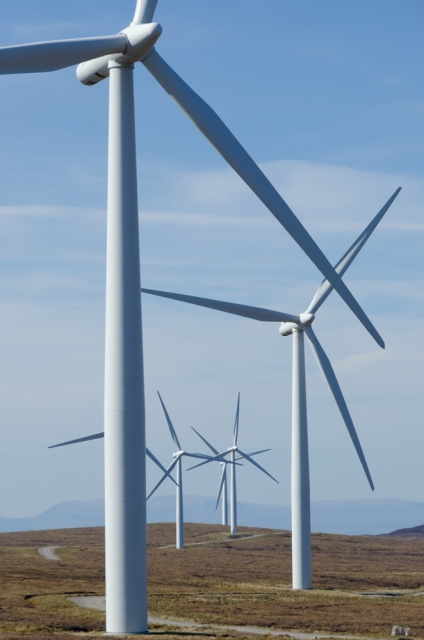
When complete, the wind farm will produce enough energy to power nearly 1 million homes. BLM says that it would be the largest wind farm in North America.
The project will cover about 340 square miles of mostly open country in south-central Wyoming, half of it on public land and the rest on land owned by Anschutz. Federal agencies have been reviewing plans for the project for the last eight years, and the Bureau of Land management will take public comments on its latest analysis through April 8, the AP said.
BLM announced at its web site that the environmental assessment includes a Draft Finding of No New Significant Impact. Both documents are available online.
Anschutz is a privately held corporation based in Denver with holdings in a variety of fields, including energy, media, sports, and entertainment. It was founded by Fred Anschutz, an oil wildcatter. BLM said that the wind farm would create 1,000 construction jobs, with more than 100 permanent positions in operations and maintenance once it’s complete.
U.S. Fish and Wildlife Service has been studying how many bald and golden eagles a wind farm of that size will kill, and how the project could be designed to minimize bird fatalities.
A 730-mile power line that will send electricity from the project to Las Vegas for eventual use in southern California won environmental approval from BLM last year. The TransWest Express power lines will cross northwestern Colorado, Utah, and southern Nevada, the AP reported, with about 38% of the route following existing utility corridors.
Weekly Newsletter
Get building science and energy efficiency advice, plus special offers, in your inbox.





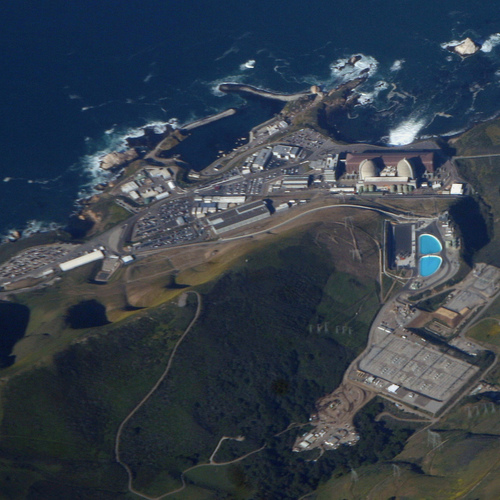
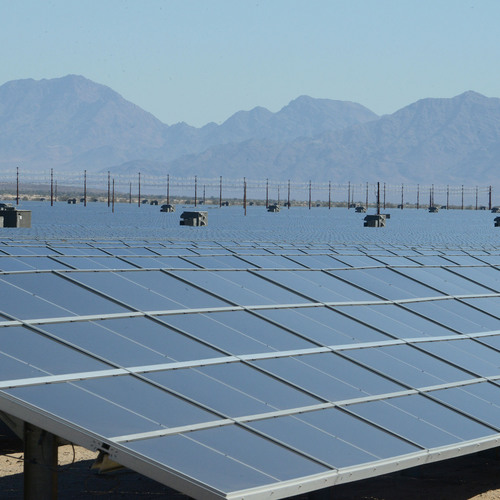
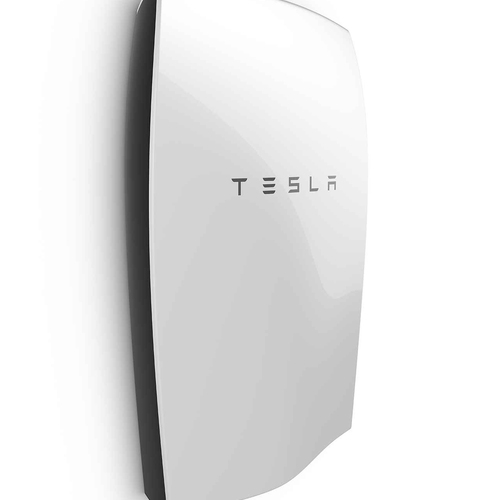
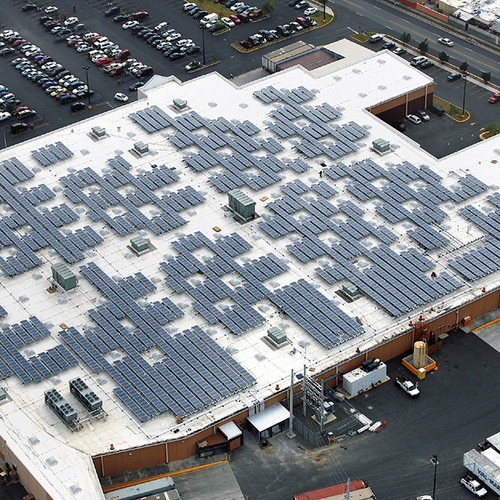






One Comment
The ITC 30% off battery prices.
Quite predictable abandonment of the 10 kwh powerwall. It never made sense. Why did it appear in the first place? Because it used the same batteries as the car. So...leftovers. They knew it probably wouldn't fly and so the 7 kwh 5000 cycle battery was always the serious contender. By the way the new label of 6.4 just indicates the former 7kwh minus the 8% round trip efficiency loss.
But now for the news: The ITC or 30% applies to these batteries if they are supplied by 100% solar...not grid supplied for peak shaving. So the price would be 70% of $3000= $2100! Wait, it gets better. In California the SGIP (Self Generation Incentive Program) also applies and is...50% rebate!! Now it seems that we are down to $1100 for the Tesla powerwall. Or $171 per kwh (at 6.4 kwh) under 5 cents kwh LCOE even at very conservative estimates of lifespan (warranty is 10 years or 3650 cycles).
Log in or create an account to post a comment.
Sign up Log in